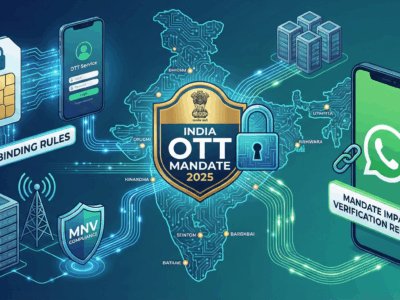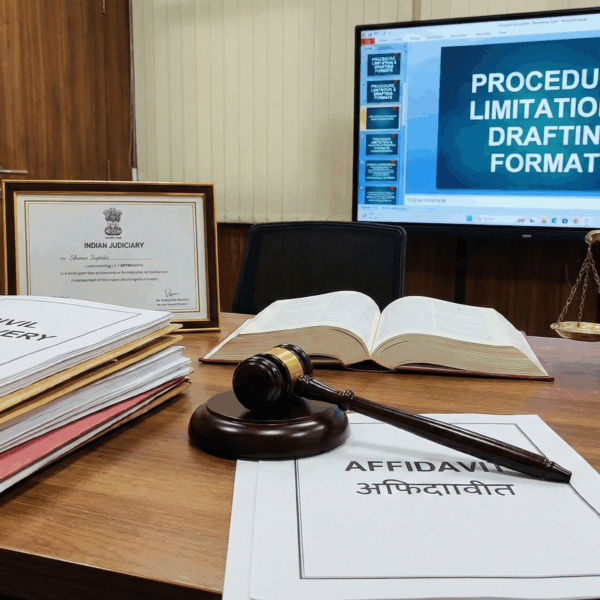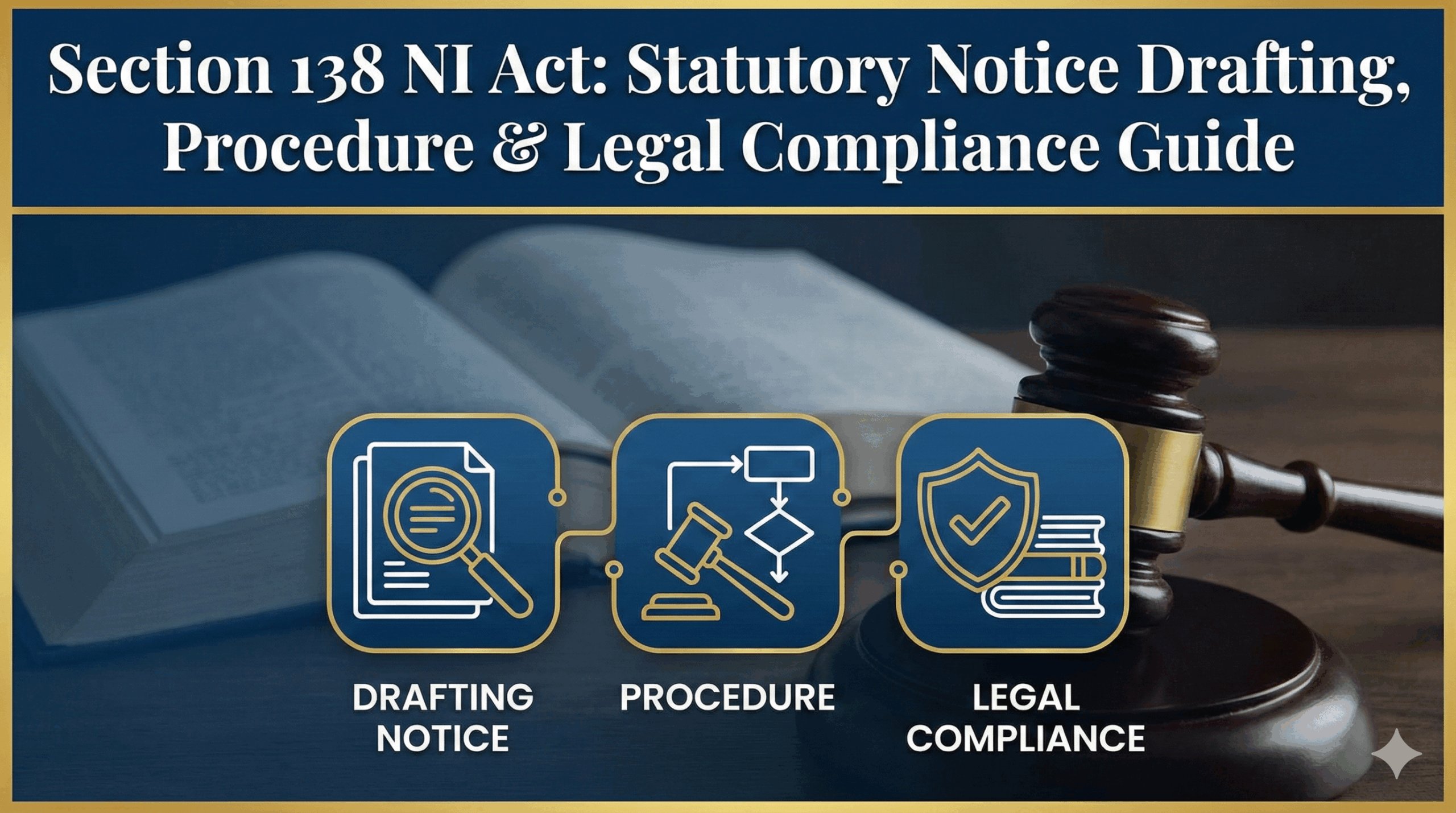Digital harassment—ranging from malicious Instagram DMs to persistent cyber-stalking—has moved from a “grey area” to a clearly prosecutable offence under India’s revamped legal framework. The upcoming Bharatiya Nyaya Sanhita (§74) tightens penalties for outraging a woman’s modesty online, while the IT Act 2000 (as amended) criminalises threats, doxxing, and non-consensual images irrespective of gender. This guide distils every relevant statute, landmark judgment, and police-procedure update into plain language so victims, advocates, employers, and even alleged offenders can understand their rights and obligations before pressing “Send,” filing an FIR, or stepping into court.
Digital Harassment in India: A Definitive Legal Guide
With India's new criminal laws in effect from July 1, 2024, widespread confusion surrounds online safety. This guide debunks the social media myths, clarifies the law, and reveals the true legal weapons against digital harassment on Instagram, WhatsApp, and other platforms.
The §74 Myth: A Misunderstood Provision
Social media is buzzing with claims about Section 74 BNS being the solution for harassing DMs. Here's a detailed legal breakdown of why this provision is a poor fit for most forms of online harassment.
Deconstructing Section 74 BNS
Section 74 criminalizes "Assault or criminal force to woman with intent to outrage her modesty." To apply it, the prosecution must prove the accused committed an "assault" or used "criminal force."
1. The Problem of 'Assault'
Legally, an assault is a physical gesture causing fear of imminent force. Critically, the law states:
"Mere words do not amount to an assault."
A vile text message, while offensive, lacks the required physical gesture. It's words on a screen, not a raised fist.
2. The Problem of 'Criminal Force'
This requires the intentional, non-consensual application of physical force. Sending a DM involves no physical contact whatsoever.
The Digital Disconnect
Because digital harassment is typically non-physical, it fails to meet the core requirements of Section 74. Relying on it is a legally fragile strategy that ignores more suitable laws.
Judicial View on 'Modesty'
While the act of sending a DM may not fit, the content can certainly outrage modesty. Courts have defined 'modesty' through key judgments:
- State of Punjab v. Major Singh (1967): Established that modesty is an inherent attribute of the female sex, regardless of age.
- Rupan Deol Bajaj v. K.P.S. Gill (1995): Introduced the "reasonable woman" test. The act is judged by whether a reasonable person would consider it an outrage to modesty. This case involved a physical act (a slap on the posterior), reinforcing the need for a physical component for Sec. 354 IPC (now Sec. 74 BNS).
The issue isn't whether a message is offensive, but whether the act of sending it is a legally recognized "assault" or "use of criminal force." For DMs, the answer is typically no.
BNS Enhancement
The BNS has strengthened this provision, increasing the penalty from a maximum of 2 years under IPC to a mandatory minimum of 1 year and a maximum of 5 years imprisonment, plus a fine. However, this doesn't change the fundamental ingredients of the offence.
India's True Arsenal Against Digital Harassment
Forget the myth. The BNS provides a powerful and precise set of laws specifically designed to combat online abuse. A successful case often involves using these sections in combination.
Section 78: Stalking
The digital harassment game-changer
Key Requirements:
- Following or contacting a woman despite clear disinterest
- Attempting to contact through digital means
- Monitoring internet/email usage
Perfect for: Persistent DMs, repeated social media contact, email harassment
Penalty: Up to 3 years imprisonment for first offense, up to 5 years for subsequent offenses
Real-World Application
Instagram DMs
Sending multiple messages after being blocked or ignored
WhatsApp Harassment
Continuously messaging despite being told to stop
Email Bombing
Sending numerous unwanted emails
Section 75: Sexual Harassment
Covers unwelcome sexual advances
Key Requirements:
- Making sexually colored remarks
- Showing pornographic or sexual content
- Sexual advances or demands
Perfect for: Sexual content in DMs, inappropriate comments, unsolicited intimate images
Penalty: Up to 3 years imprisonment and/or fine
Digital Context
Unsolicited Images
Sending intimate or sexual pictures without consent
Sexual Comments
Making unwelcome sexual remarks in messages
Demand for Favors
Requesting sexual favors through digital platforms
Section 79: Insulting Modesty
For words and gestures that insult modesty
Key Requirements:
- Using words or gestures
- Intent to insult modesty
- No physical contact required
Perfect for: Obscene messages, vulgar comments, inappropriate emojis/stickers
Penalty: Up to 1 year imprisonment and/or fine
Best Use Cases
Obscene Language
Using vulgar or degrading language in messages
Inappropriate Emojis
Sending sexual or offensive emojis/stickers
Degrading Comments
Making comments that demean or objectify
Section 351: Criminal Intimidation
For threats and intimidation
Key Requirements:
- Threatening with injury to person/reputation/property
- Intent to cause alarm
- Compelling action through fear
Perfect for: Death threats, threats of harm, blackmail, revenge threats
Penalty: Up to 2 years imprisonment and/or fine
Threat Categories
Physical Harm
Threats of violence or injury
Reputation Damage
Threats to defame or expose
Property Damage
Threats to destroy belongings
Section 356: Defamation
For damaging reputation
Key Requirements:
- Making/publishing false statements
- Intent to harm reputation
- Statement lowers person in estimation of others
Perfect for: False accusations, character assassination, fake posts/stories
Penalty: Up to 2 years imprisonment and/or fine
Digital Defamation
False Posts
Creating fake social media posts about someone
Character Assassination
Spreading false rumors or accusations
Fake Reviews
Writing false negative reviews to harm reputation
The Victim's Playbook: From Evidence to Justice
A step-by-step guide for victims of digital harassment. Know your rights, preserve evidence, and navigate the legal system effectively.
Document Everything
Screenshot messages, save URLs, note timestamps, preserve metadata
Block & Report
Use platform reporting tools, block the harasser, notify platform administrators
File FIR
Approach cybercrime cell or local police, provide evidence, get FIR copy
Legal Follow-up
Engage lawyer if needed, follow up on investigation, pursue civil remedies
Essential Evidence Collection
- Full Screenshots: Capture entire conversation threads, not just offensive messages
- Profile Information: Screenshot harasser's profile, bio, follower count
- Timestamp Visibility: Ensure dates and times are clearly visible
- Screen Recordings: For stories, temporary content, or live harassment
- URL Documentation: Copy and save direct links to posts/profiles
- Email Headers: Save complete email headers showing sender IP and routing
- WhatsApp Backup: Create chat backups before blocking or deleting
- Social Media Downloads: Use platform tools to download your data
- Browser History: Preserve relevant browsing history and cookies
- Call Records: Save call logs, voicemails, and harassment calls
- Witness Statements: Collect statements from anyone who witnessed the harassment
- Impact Documentation: Medical records, counseling notes, work impact evidence
- Communication Attempts: Evidence of telling harasser to stop
- Platform Reports: Save confirmation emails from platform reporting
- Chronological Timeline: Create detailed timeline of harassment incidents
Implementation Challenges
While the legal framework exists, victims face practical challenges. Understanding these hurdles helps set realistic expectations and strategic approaches.
Key Challenges
Police Awareness Gap
Many officers lack training on digital crimes and may suggest "compromise" instead of filing FIR.
Jurisdictional Issues
Cross-state harassment creates confusion about which police station has jurisdiction.
Evidence Preservation
Digital evidence can be easily deleted or modified. Quick action is crucial.
Anonymous Harassers
Fake profiles and VPNs make it difficult to identify perpetrators.
Strategic Solutions
Know Your Rights
Police cannot refuse to file FIR for cognizable offenses. Demand written refusal if denied.
Approach Cybercrime Cells
Specialized units are better equipped to handle digital harassment cases.
Multiple Legal Remedies
Combine criminal complaints with civil defamation suits and platform reporting.
Legal Aid Resources
Utilize legal aid societies, women's rights organizations, and pro bono lawyers.
Cybercrime Case Trends in India
Take Action Today
Don't let digital harassment go unpunished. Armed with the right legal knowledge and evidence, you can fight back effectively. The law is on your side.
Emergency Cybercrime Helpline: 1930
National helpline for reporting cybercrimes








